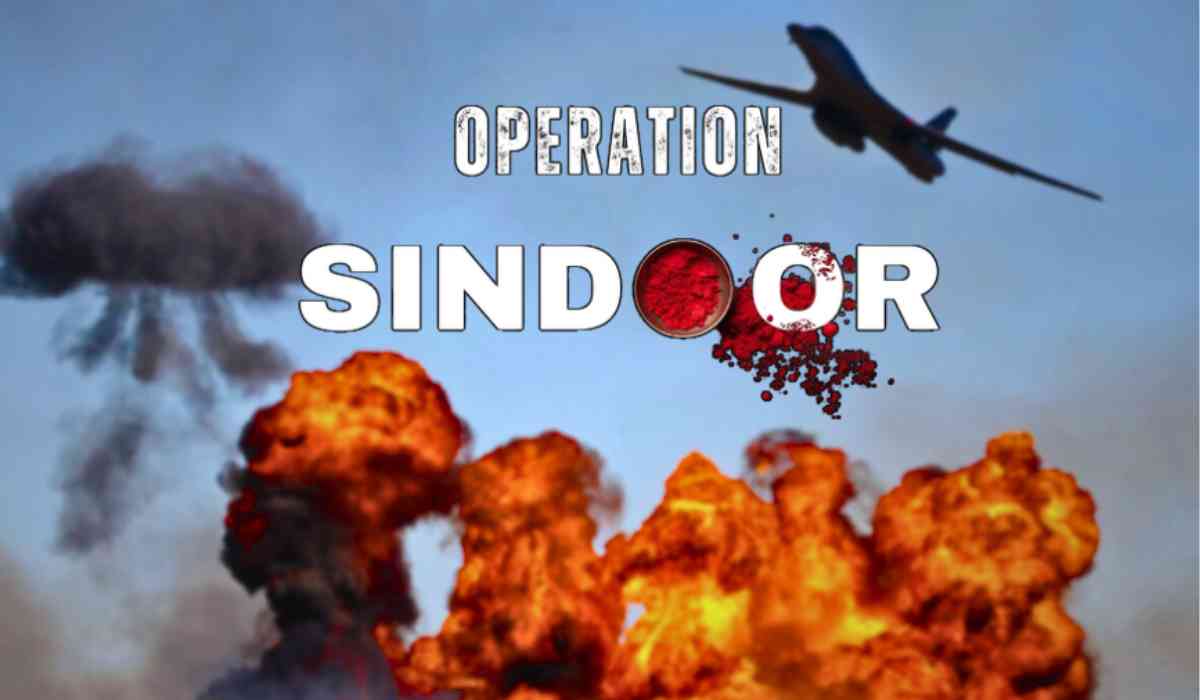On May 7, 2025, India launched a military operation named "Operation Sindoor" targeting nine terrorist infrastructure sites across Pakistan and Pakistan-occupied Jammu and Kashmir (PoJK). This precise and measured action was a direct response to the brutal Pahalgam terror attack on April 22, which claimed the lives of 26 civilians, including a Nepali citizen. The operation’s name and execution carry deep symbolic significance, reflecting both national grief and a firm resolve to counter terrorism.
What is Operation Sindoor?

Operation Sindoor involved coordinated missile strikes on multiple terror camps linked to groups such as Jaish-e-Mohammed (JeM), Lashkar-e-Taiba (LeT), and Hizbul Mujahideen (HM). The strikes targeted nine locations, including JeM’s Bahawalpur headquarters, LeT’s Muridke base, and other key terror infrastructure sites spread across Pakistan and PoJK. The Indian Defence Ministry emphasized that these were focused, intelligence-based strikes aimed solely at terrorist facilities, deliberately avoiding Pakistani military installations to prevent escalation.
The Symbolism Behind the Name "Sindoor"
The term "Sindoor" refers to the red vermillion powder traditionally worn by Hindu married women as a symbol of marital status and auspiciousness. Naming the operation "Sindoor" evokes a poignant image of the widows left behind by the Pahalgam attack, where innocent civilians, including families of security personnel, were mercilessly killed. This choice of name conveys a message of mourning and tribute to the victims, while also signaling India’s determination to protect its citizens and punish those responsible.
Why This Operation Matters

Unlike previous retaliatory strikes such as the 2016 surgical strikes or the 2019 Balakot airstrikes, Operation Sindoor was broader in scope and geographical reach. It targeted multiple terror camps deeply embedded in different regions of Pakistan, including Punjab, which marks a significant escalation in the scale of India’s response. This reflects a shift in India’s strategic posture, demonstrating a willingness to carry out comprehensive and precise military actions to dismantle terror networks.
The operation also took place just hours before a nationwide security mock drill aimed at preparing civil defence against hostile attacks, underscoring India’s focus on readiness and resilience in the face of threats.
Operation Sindoor carries a dual message: it is a symbol of grief for the lives lost and a clear statement of resolve against terrorism. While India asserts that its actions are measured and non-escalatory, Pakistan has condemned the strikes and vowed retaliation, leading to increased tensions along the Line of Control (LoC) and raising concerns about further conflict.
The international community, including the United Nations, has called for maximum restraint from both sides to prevent escalation and maintain peace in the region. The operation highlights the ongoing cycle of violence and retaliation that has long characterized India-Pakistan relations, reflecting deep-rooted challenges in achieving lasting peace.
Final Note

Operation Sindoor is more than a military strike; it is a powerful symbol intertwining sorrow and strength. By naming the operation after a sacred symbol of marriage and womanhood, India has personalized its response to terrorism, honoring the victims while signaling unwavering determination to protect its people. At the same time, the operation underscores the fragile security situation in South Asia and the urgent need for dialogue and restraint to prevent further suffering.
The episode reminds us that behind every military action lie human stories of loss and resilience, and that peace remains the ultimate goal for the region’s future.
With inputs from agencies
Image Source: Multiple agencies
©️ Copyright 2025. All Rights Reserved Powered by Vygr Media.

























